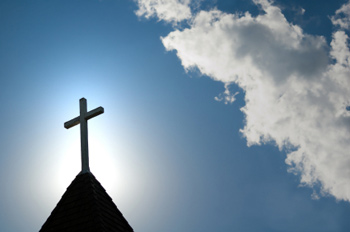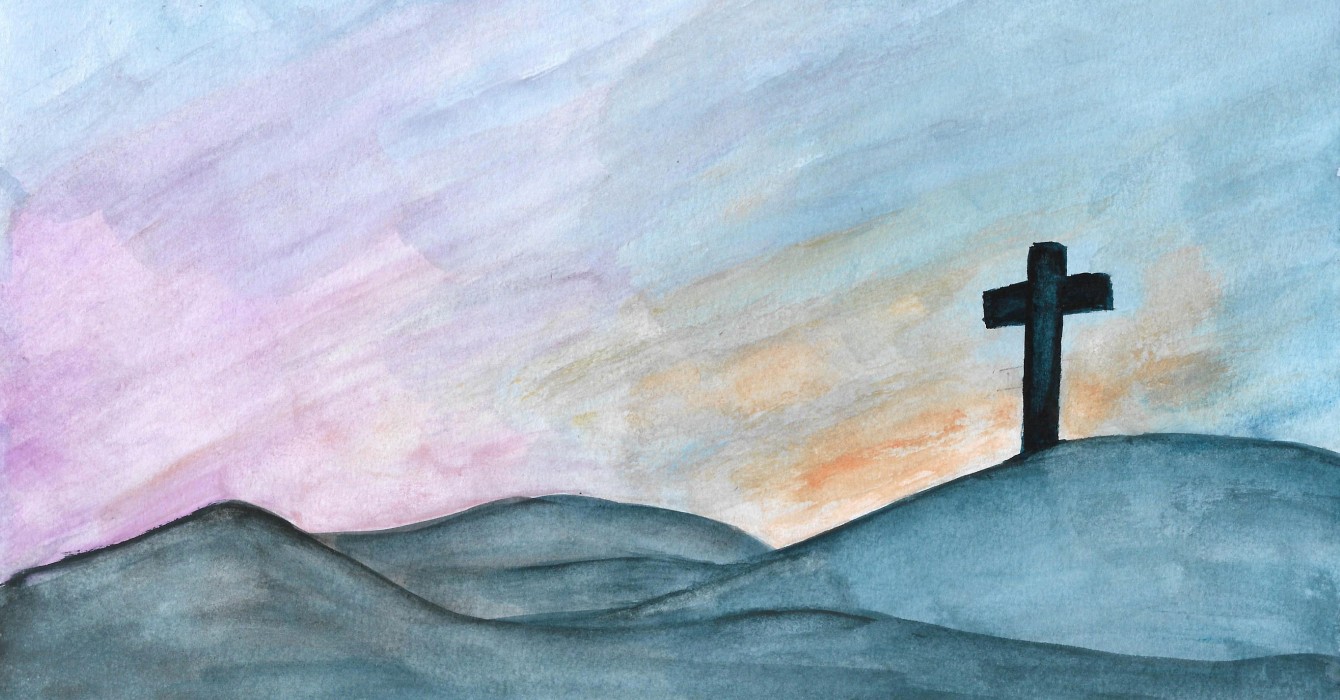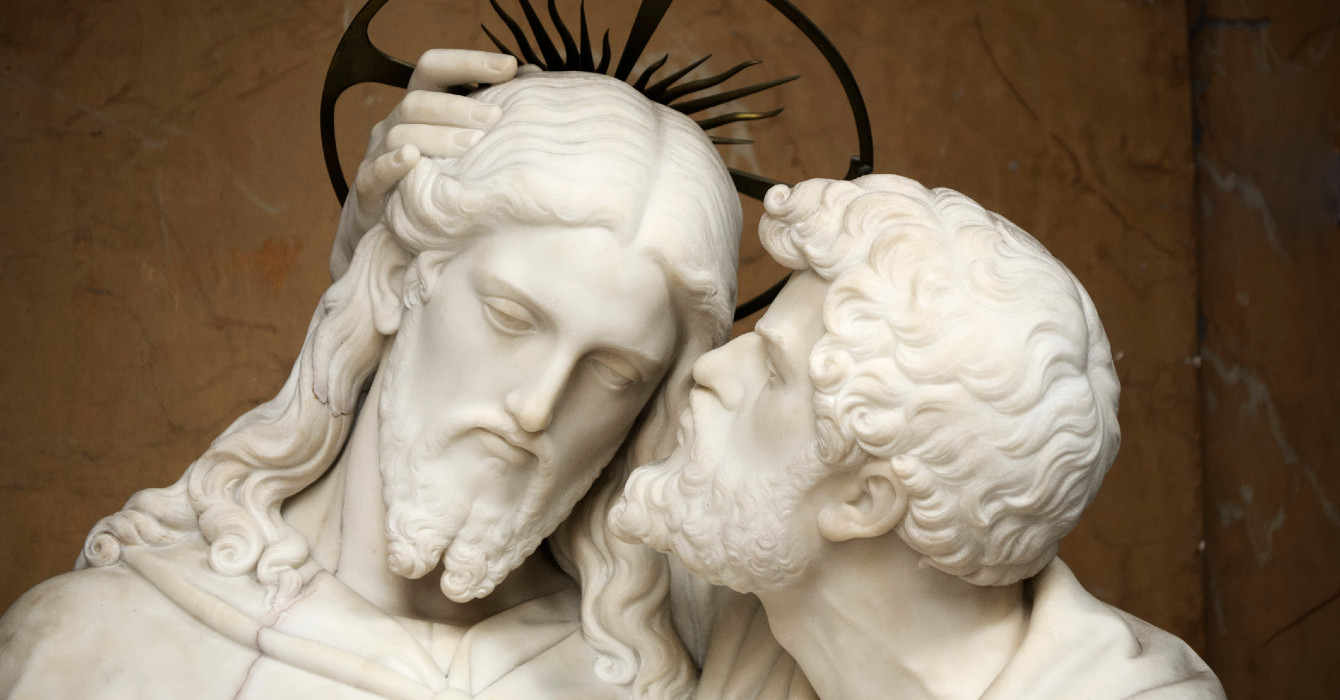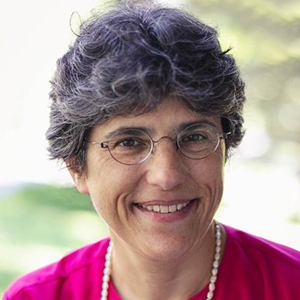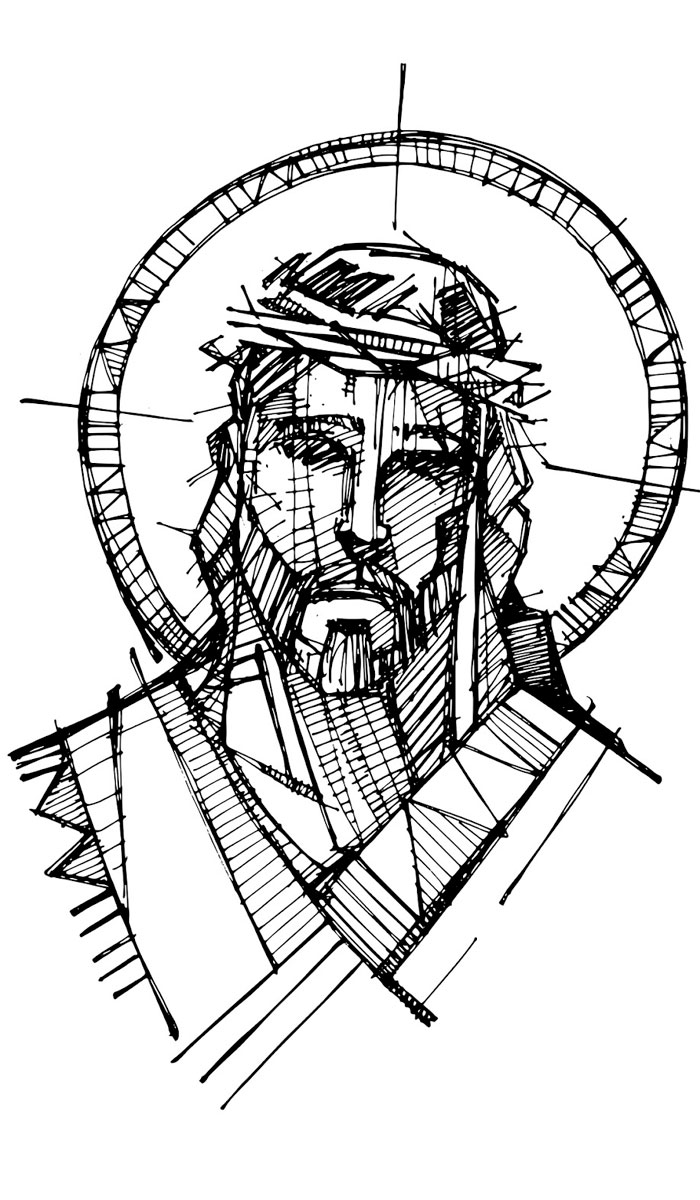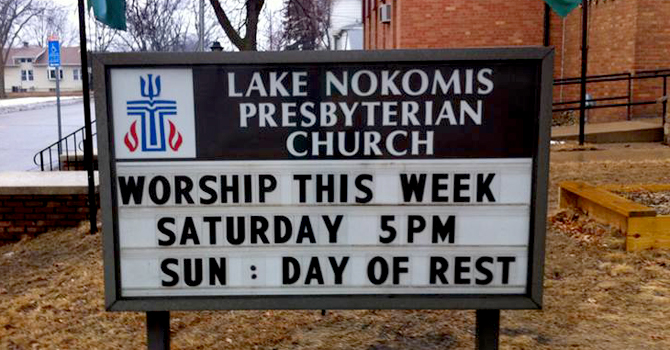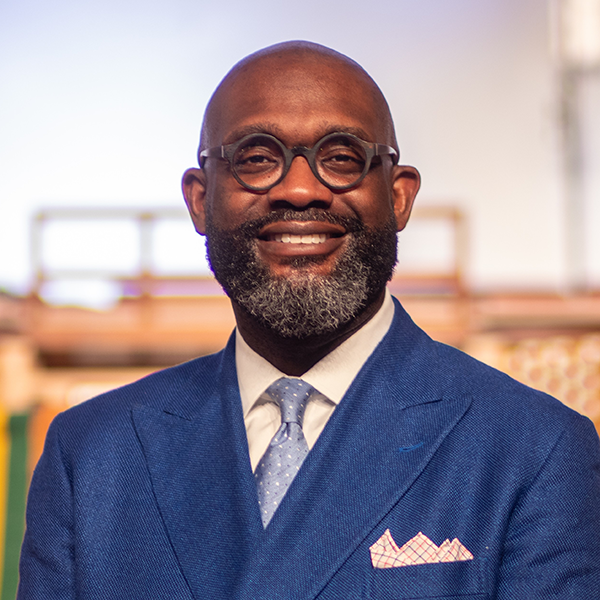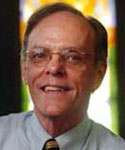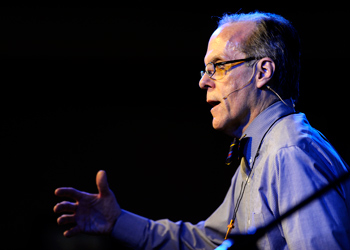Editor’s note: Faith & Leadership offers sermons that shed light on issues of Christian leadership. This sermon was preached on April 2, 2010, at Pillar Christian Reformed Church in Holland, Mich.
Walking to chapel
It’s Monday, Jan. 18. I’m walking from my study at the Keppel House at 129 10th Street to Dimnent Chapel. My path moves south along the concrete corridor between Lubbers and Durfee Hall, and I follow it as it begins to snake through the pine grove.
I’m walking slowly. I’m sad. The world feels fuzzy and extreme. I’m still living in the shock. In such a short amount of time, everything feels different. The night before, Hope’s campus received the news that two of our students were killed in a plane crash outside of Holland airport. David O’Tai and Emma Biagioni. It was an accident.
Their death cut deep, as it has wide. They were both beautiful and beloved. And David and Emma -- we did not fully realize until it was too late -- were ... like jewels whose lives illuminated for us light from true light. For they had that rare and deep love of God and love for all things he redeemed.
The news of the accident exploded into our community like a grenade of grief. The pain was palpable. It felt like a darkness covered over the campus.
And as I walk to chapel, the questions swirl around in my mind. What do you say? What can you say? How do you lead a community through this? What resources -- what kind of faith -- can hold up to this severe loss? What kind of reality can frame this sorrow?
As I walk through the pine grove, I look up, and like Mary Magdalene, I see it from a distance, and all my questions are caught in my throat. I see it high and lifted up. I see the silver steeple of Western Seminary spiraling toward light, and at the pinnacle, set against a concrete sky, giving it the appearance of suspension over the campus, as if defying the laws of gravity, I see the cross.
I must pass this cross 10 times a day. But today I see it as if for the first time. I can’t move or take my eyes off it. It’s as if I am held by the grip of its gravity: the gravity of grace. And as I look I am reminded that there is a connection between the grave news of the night before and the reality this steeple cross is pointing me to live into with faith.
Another reality
This is what I needed to see. I needed to see the sign pointing me to a reality that is even now framing this one, a reality that whispers that even in the midst of the sufferings of this present moment there is a glory yet to be revealed. The cross is exalted over the campus as a reminder for us all that there is a proper vision of the world that is not negotiable. The cross invites us into a reality that undermines any culture or ethic, religious or otherwise, that wants all the assurance and benefits of the Christian faith, all the hope of God’s love, all the justice of the kingdom, without any of the sacrifices or commitments of Christ. The cross gives us the assurance that even in the darkest hour of grief we do not grieve without hope, for God can use the grief itself to bring forth a new circumstance for life.
There in the pine grove, I am reminded that the cross of Christ is a protest against all the death, all the destruction, all the tears of this fallen world. For the cross is our only answer in such a reality. As theologian P.T. Forsyth says of the cross: “The Cross of Christ, with its judgment-grace, its tragic love, its grievous glory, its severe salvation, and its ‘finished work,’ is God’s only self-justification in such a world.”
Over Hope’s campus the cross is exalted high as an eternal flame that burns but is never consumed. For on the cross, he had shown there was no dimension of human life he was not prepared to reach and no depth of human sin he was not committed to redeem.
I just stand there -- in the pine grove, eyes fixed on the cross -- as if my soul is being pulled into the centripetal force of a new way to understand reality. The reality that invites me not to hurry or hustle past the significance of the cross, so that my red eyes can reorient and focus on seeing the world as it is [seen] by God -- a world so loved by God that even in the deepest grief, there is a hope that transcends understanding.
Gravity of grace
In that moment, I am reminded that it is the cross of Christ that gives us the only proper lens to see the world rightly. To see that cross looming over the campus is to be reminded that something large and extreme has taken place.
For on that Friday, at a place called Golgotha, something happened at the very foundation of the universe, something that is still pulling all things into its center of gravity. On the cross of Christ, God seeks to deal with the gravest problem of humanity.
It is not a political problem. It is not an intellectual or a legal one. It cannot be reduced to a social system or merely the problem of popular opinion. The problem is one that permeates the human race. It is the problem that separates and divides us from God: it is sin.
Sin is the problem that is in us, and the cure can only be given and received as a gift -- as a grave grace -- from one who is both human and divine. Only a God who is willing to be among us, one of us, fully and not confused, can solve this, our gravest moral consequence. Only in such a person can humanity be recapitulated into a freedom of divine reconciliation.
And this is the good news of what happened on that Friday. This is the evangelical faith: that on the cross, we see lifted up the power and the glory of the Word made flesh -- the glory of a Father’s Son full of grace and truth. We do not understand the glory of Christ until we understand the cross.
Call it what you want -- a cosmic redemption, an ontological healing, a metaphysical reconciliation. Call it light over the darkness, or think of it as the Shire’s victorious triumph over the forces of Mordor -- whatever allows you to imagine the largest and deepest experience of the really real world. The reality where “God was pleased to reconcile ... all things, whether on earth or in heaven, by making peace through the blood of his cross” (Colossians 1:20 NRSV).
This vision of reconciliation is the reality of the world. The Friday when Jesus breathed his last, the curtain of the temple, which closed off the holy of holies -- the inner sanctuary which represented God’s presence with his people -- was torn from top to bottom. This curtain, which separated God from the people, was torn by the gravity of grace. The removal of the curtain invites us into a new reality -- a reality of unhindered access to God achieved for all by Jesus’ cross.
This cross is the key to understanding why we call this Friday “good.” For on the cross, we witness more than a prophet’s martyrdom or a political execution. On the cross, we see the full illumination of God’s glory that is even now overcoming the world; we see God doing the very best for humans, and not a human doing his very best before God. The former is historical Christian faith, and the latter is faith in humanist Christianity.
On the cross, Jesus the rabbinic sage is illuminated to be Christ the cosmic savior;
the mystic is revealed to be the Messiah.
On the cross, the prophet becomes the high priest,
even as the high priest is at the same time the sacrifice
that brings peace through the blood of the cross.
The cross, with its reconciling power to God, is what gives our grief and our hope a center of gravity. For the cross is the historical act of God reconciling all things, so that all other reconciliations can be a possibility. Meaning that all justice, all human flourishing, all identity is now reconciled in and through the one who cried out forsaken by God, so that no one else would have to.
This grace, though grave, is the only proper understanding to make sense of our reality. For this grace is the only power in the universe that can invade the citadel of the self, transforming our desire for autonomy into a desire for true communion; the cross is the only power that can crucify the anxiety of our dogmatic humanism, so that our identity can finally rest as humans hidden in Christ. As such, the cross is an invitation not to more conversation about faith, but more conversion in faith. For faith in Christ’s cross is the only power that can pierce the atmosphere of religion, to move us beyond ourselves and open us up to a lived experience of God’s love and life of holiness. It is seeing the cross in faith that allows us to know, as the only true reality, that no matter what -- in life or in death -- nothing shall ever separate us from the love of God in Christ Jesus. This is the vision of reality I see as I walk to chapel on that Monday morning. I believe it is a reality that is as true right now for David and Emma as it is for me and for you.
And as I stand in the pine grove on that Monday morning, held captive by the gravity of grace, the vision of Christ’s cross high and lifted up, I am reminded that even though I grieve, I grieve with hope: the hope of God’s finished reconciliation of the world!
And maybe that is enough right now. It’s enough to know I don’t have to have the right words or the right answers. Maybe it’s not about leading but being led. Maybe it’s enough to simply point our attention and invite us to focus our grief, our questions, our doubts, our hurts here, at the cross of Christ, and wonder at its enormous consequence as we experience the feel and weight of the gravity of grace -- the grace which allows us to confess, along with the centurion, and all the saints, “Truly this man was the Son of God!” Amen.

